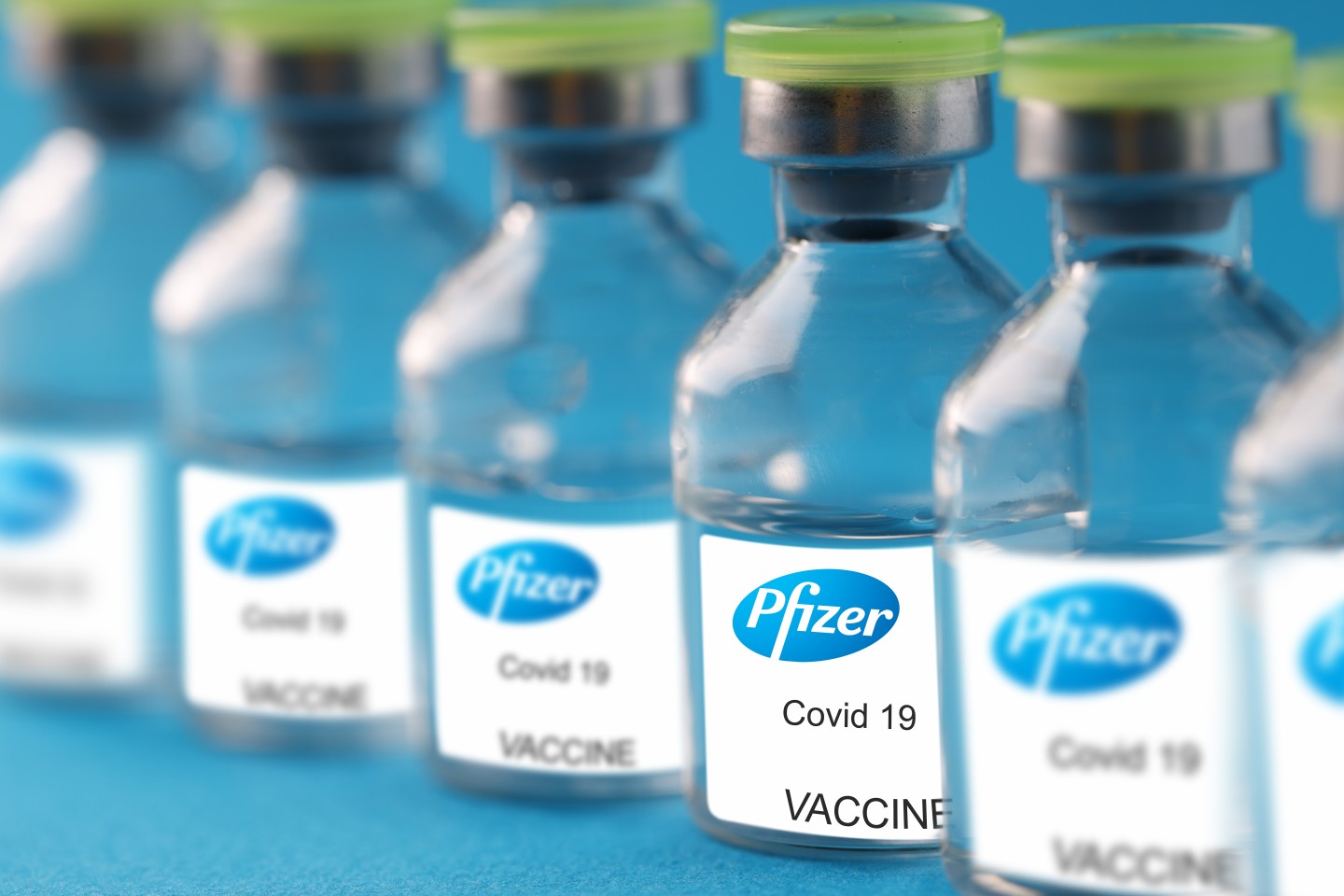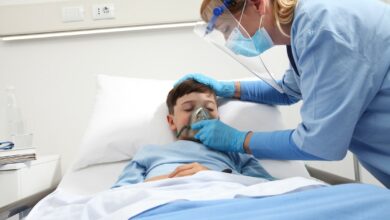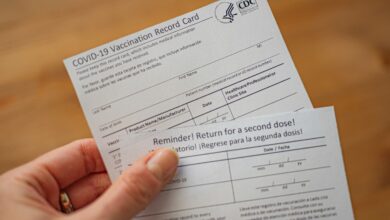Barring any unexpected complications, residents of the US will start receiving the first doses of the COVID-19 vaccine this week. The US Food and Drug Administration (FDA) granted its emergency use authorization (EUA) to the Pfizer vaccine on Friday, opening the door for the general public to begin receiving the immunization as early as Monday. The US Centers for Disease Control and Prevention (CDC) said that all 50 states are set to receive the vaccine by Monday, marking the beginning of what many hope is the end to the ongoing pandemic.
It will be up to local jurisdictions and hospitals to determine who should be at the top of the list to receive the vaccine. The one thing that most everyone can agree on is that health care workers should get the top priority. From there, the vaccine will likely be distributed to the elderly living in congregate living situations, essential workers such as teachers, and those high-risk individuals with serious underlying health complications. Within these groups, it may be hard to determine who should be given a higher priority.
It is also important to remember that all of the vaccines that are up for approval at this stage require two doses. This means that if a company can commit to 20 million doses, this is actually only enough for 10 million people. In addition, the cold storage setting needed for the vaccine to retain its efficacy makes it challenging to transport and store.
What is on the Horizon: The good news is that the Pfizer vaccine is not the only option in the works. The FDA is meeting again on Thursday to discuss issuing the same type of EUA to the new Moderna COVID-19 vaccine. Should this vaccine also pass through the process, it will open up thousands of more doses available by the end of the year.
According to the government’s Operation Warp Speed organization, Pfizer will be able to supply approximately 2.9 million doses in the first few days of the rollout with an additional 6.4 million shots available by December 19. Assuming that the Moderna vaccine is approved, officials expect there to be about 40 million doses available by the end of the year.
Operation Warp Speed chief adviser Moncef Slaoui recently said that he thinks that working together, Pfizer and Moderna can provide between 60 million and 70 million doses of the vaccine in January. Pharmaceutical companies AstraZeneca and Johnson & Johnson are also hoping to have their version of the immunization approved within the next few months. As more vaccines are made available from different vendors, the hope is that most Americans who want the vaccine can receive it beginning in the second quarter of the year.
White House Staffers at Top of List to Receive Vaccine: In what may seem to a be a controversial move to some, it is being reported that White House staffers will be at the top of the list to receive the vaccine. The New York Times reported on Sunday that these workers may get the vaccine as early as this week, regardless of if they have any underlying health conditions.
Latest US COVID-19 Numbers: According to data from John Hopkins University, there have now been at least 299,000 COVID-19 related deaths in the US since the pandemic began. This puts the US on track to hit the 300,000 mark on Wednesday. Over 16 million people in the US have been diagnosed with the virus.
In addition, according to the COVID-19 Tracking Project (CTP), the US saw over 109,000 hospitalizations on Sunday. This number sets a new record. It also marks the 12th straight day that hospitalizations in the US have been over 100,000 nationwide.
COVID-19 Still Surging Globally: As has been the cases with this deadly virus, the case counts ebb and flow with different areas of the globe seeing varying surges. While the US is still struggling to bring the virus under control, they are certainly not the only ones.
According to the Japanese Ministry of Health, the country of Japan saw 2,387 new confirmed COVID-19 cases on Sunday along with 23 deaths attributed to the virus. As a result of the increasing number of infections, the nation’s task force committee is set to hold a meeting on Monday to discuss what measures should be put in place to mitigate the spread of the virus. The current hotspots of virus transmission in Japan include Tokyo, Osaka, Nagoya, and Hokkaido.
Because of rapidly increasing numbers, the country of South Korea is also looking at leveling down more restrictions. The new level of restrictions would potentially close most businesses and limit gatherings to less than 10 people.
Germany also just announced a hard national lockdown heading into the Christmas holidays. German Chancellor Angela Merkel announced on Sunday that the lockdowns will begin this Wednesday and continue through January 10. During this time, all schools and non-essential shops and services will close. Those wanting to gather for the holidays can only do so in groups of five from two different households. Some states will even institute a curfew in an attempt to stop the spread of the virus by encouraging people to stay home.






